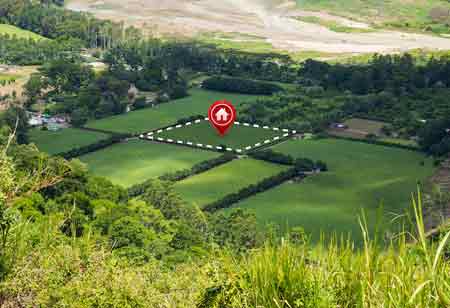Thank you for Subscribing to Environmental Business Review Weekly Brief
Environmental Site Assessments: A Strategic Tool for Property Developers
Environmental Site Assessments (ESAs) are crucial for businesses, developers, and property owners to identify environmental risks, promote sustainable development, protect human health, and facilitate transactions.

By
Environmental Business Review | Monday, October 27, 2025
Stay ahead of the industry with exclusive feature stories on the top companies, expert insights and the latest news delivered straight to your inbox. Subscribe today.
Fremont, CA: Environmental Site Assessments are crucial in identifying potential environmental hazards and enforcing regulatory standards in property transactions. This becomes even more apparent as concern for the environment increases globally, so proper site assessment is essential in real estate, construction, and land development projects. Typically, an ESA is a significant investigation into the environmental condition of a property, which then identifies the risks and liabilities that affect human health and the surrounding ecosystem. Apart from risk mitigation, ESAs offer much more in line with sustainable development, sound finances, and compliance over the long term with environmental laws.
An Environmental Site Assessment can identify environmental hazards and liabilities, including site contamination from hazardous materials that contaminate soil or water or present air contamination. For a business or property developer, this process will help them make better decisions on properties to acquire or develop, avoid costly remediation projects, and ensure health and safety. Indeed, an unwitting investment of money in purchasing land must be knowledgeable about the environmental condition of a property to avoid costly issues.
They save businesses from potential legal and financial liabilities if property holders face fines, lawsuits, and remediation costs due to contaminants on their premises. Protecting human health and safety, ESAs frequently precede property acquisitions with financing to prevent illegal and non-environmentally friendly investments, ensuring that businesses are financially sound and demonstrate diligence to stakeholders.
An environmental site assessment may also encourage sustainable land development practices since environmental regulation is tightening and society is becoming more conscious. Companies willing to invest in environmentally conscious practices will have a much better chance of meeting those regulations. An ESA might identify opportunities for sustainable land use, lessen the environmental risks of a transaction, and contribute to revitalizing contaminated or underutilized land.
These environmental site assessments hold crucial importance during a property transaction. Since one would gain a clearer idea of the property's value, buyers would have all the leverage to negotiate terms and set their prices accordingly. ESAs help ensure buyers are aware of hidden costs or regulatory hurdles. The opportunity for the seller to show transparency and due diligence can, at some point, raise the price to sell the property. In that respect, ESAs are essential for making educated decisions regarding properties.
ESAs also contribute to protecting the community's natural and public health. They help identify environmental hazards, including ensuring that they are either handled or remediated appropriately, to safeguard ecosystems at the local level and minimize pollution risks. This could lead to better air quality, water quality, biodiversity, and a healthier community environment. The ESA would also benefit businesses but serve broader social goals regarding public health and environmental justice.





